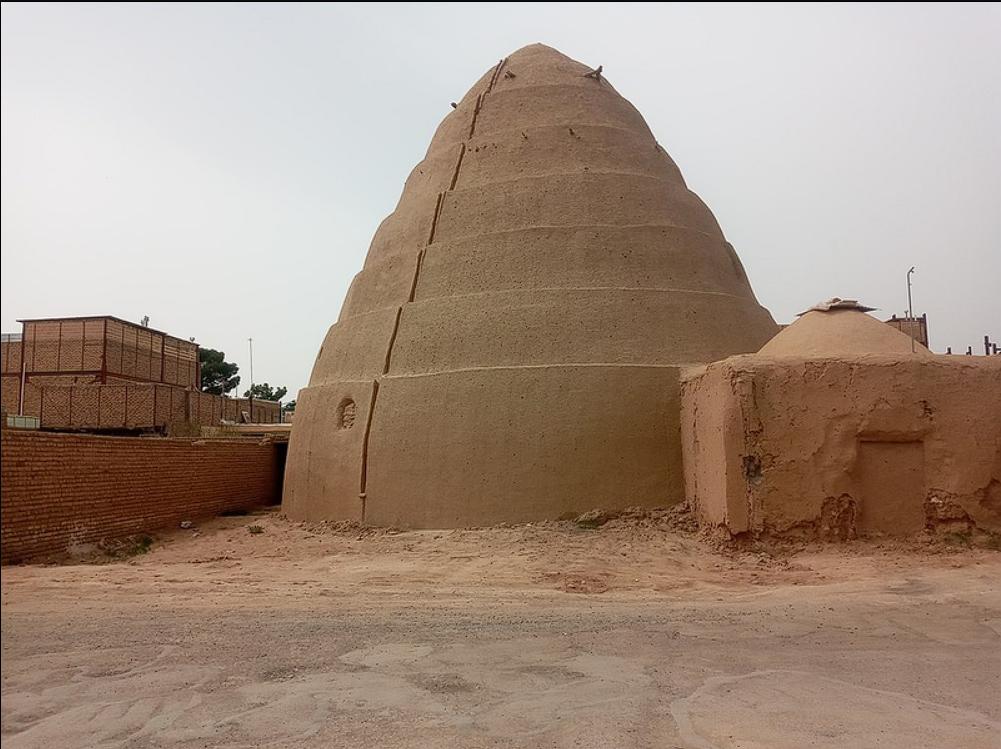Over 2,400 years ago, the ancient Persians achieved a feat that seems impossible: creating and storing ice in the heart of the desert. Their ingenious structures, known as Yakhchals or “Ice Pits,” were marvels of passive cooling technology, allowing them to enjoy chilled food and drinks in extreme heat. These ancient structures stand as a testament to the brilliance of Persian engineering and offer potential insights for modern sustainable cooling methods.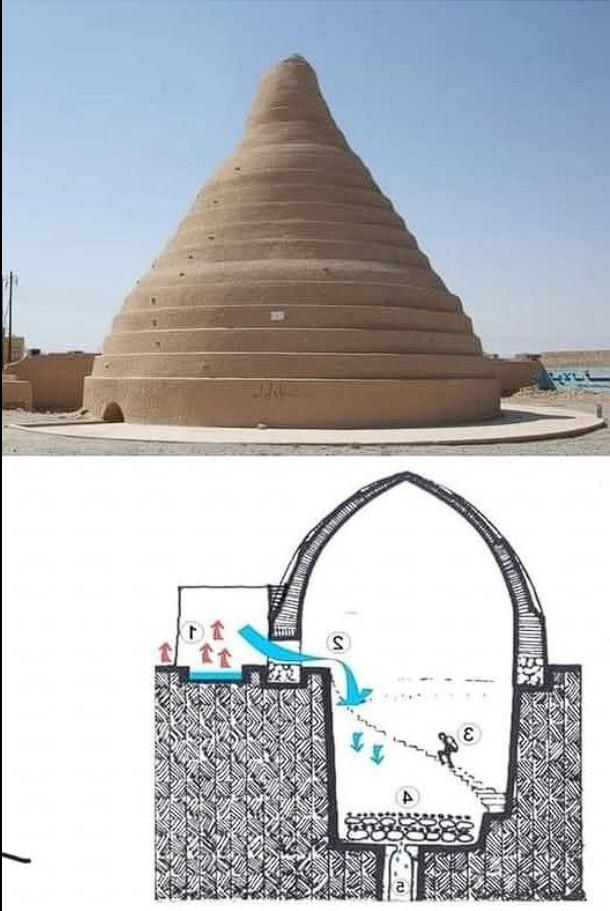
The Ingenuity of Yakhchals: Desert Ice Creation and Storage
- Mastering Desert Climate: Ice in Extreme Heat:
- The Persians’ ability to create and store ice in desert conditions demonstrates their deep understanding of their environment and their innovative approach to problem-solving. This feat highlights their ability to harness natural phenomena for practical purposes.
- The Structure: Sun-Dried Mud Brick Wonders:
- Yakhchals were dome-shaped structures built from sun-dried mud bricks, a material that provided excellent insulation. Their design maximized thermal efficiency, allowing them to maintain cool temperatures even in scorching heat.
- The Process: Natural Freezing and Storage:
- During cold winter nights, water was channeled into shallow pools to freeze naturally. The harvested ice was then stored in underground chambers with thick walls, sometimes exceeding two meters, to prevent melting. This simple yet effective method ensured a year-round supply of ice.
Advanced Cooling Techniques: Windcatchers and Thermal Efficiency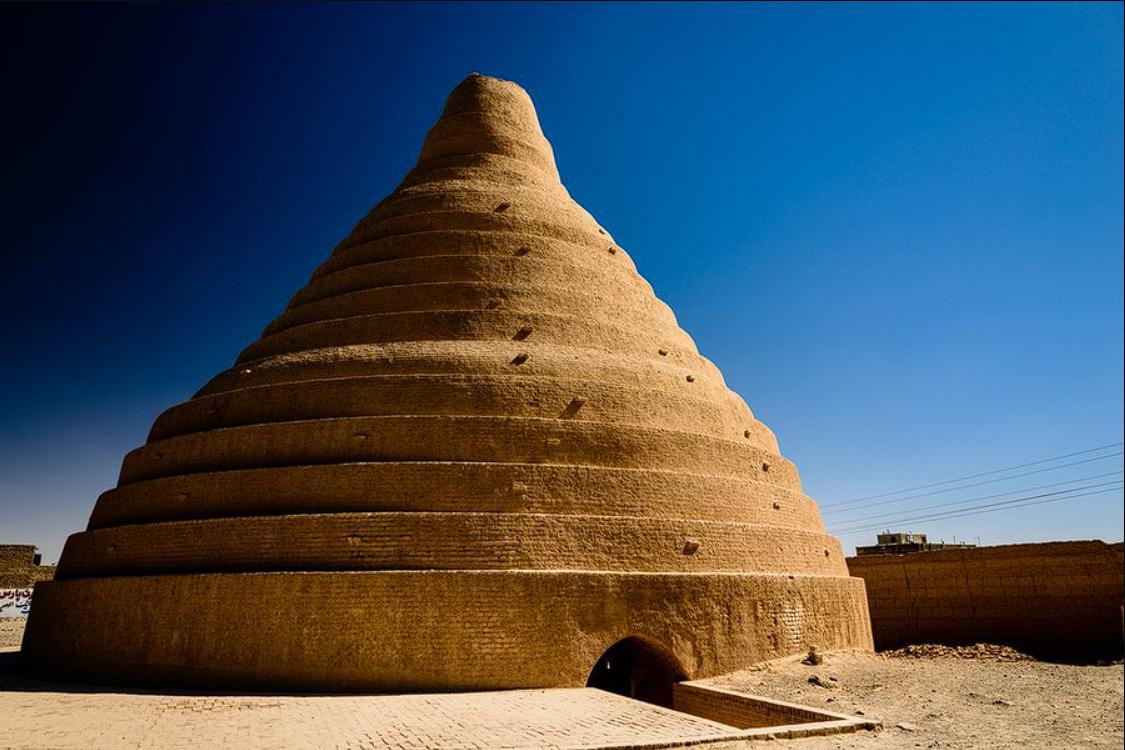
- Windcatchers: Natural Air Conditioning:
- Some Yakhchals incorporated windcatchers, a sophisticated Persian invention that funneled cool air into the structure. This natural ventilation system further enhanced the cooling effect, preserving the stored ice.
- Thermal Insulation: Thick Walls and Underground Chambers:
- The thick walls and underground chambers of the Yakhchals provided exceptional thermal insulation, minimizing heat transfer and keeping the interior cool. This design principle is a testament to the Persians’ understanding of thermal dynamics.
- Sustainable Cooling: Harnessing Natural Forces:
- The Yakhchals represent a sustainable approach to cooling, relying on natural freezing and passive ventilation. This method minimized energy consumption, making it an environmentally friendly solution for its time.
A Legacy of Brilliance: Ancient Wisdom for Modern Solutions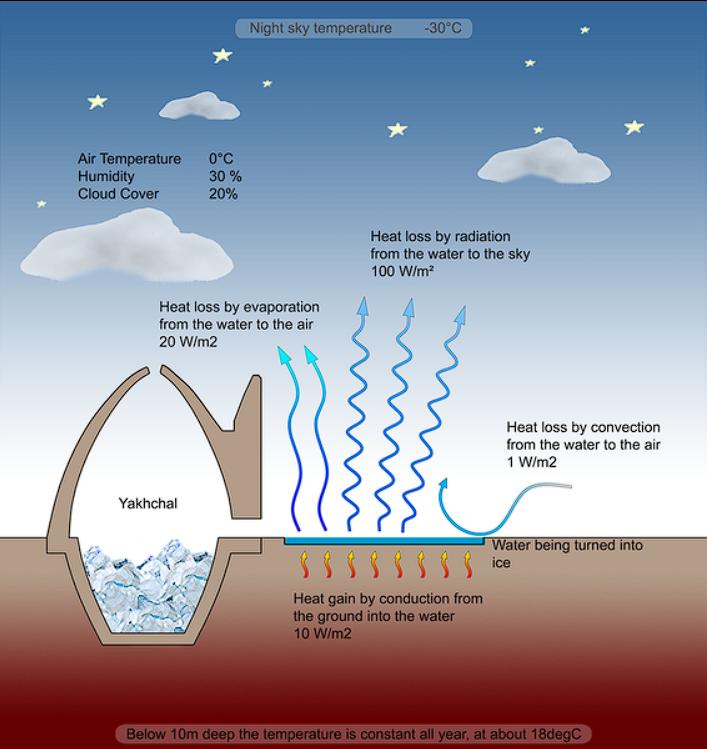
- Symbol of Ingenuity: Triumph Over Extreme Conditions:
- The Yakhchals stand as a symbol of human ingenuity, demonstrating the ability to overcome environmental challenges through innovative design and engineering.
- Preserved Food and Cool Water: Practical Applications:
- These structures provided the Persians with a sustainable way to preserve food and enjoy cool water during the hot summer months, improving their quality of life.
- Inspiration for Modern Sustainability: Future Cooling Methods:
- The Yakhchals offer valuable insights for modern sustainable cooling methods. Their reliance on natural processes and passive design principles could inspire innovative solutions for energy-efficient cooling in arid regions.
The Enduring Significance of Persian Yakhchals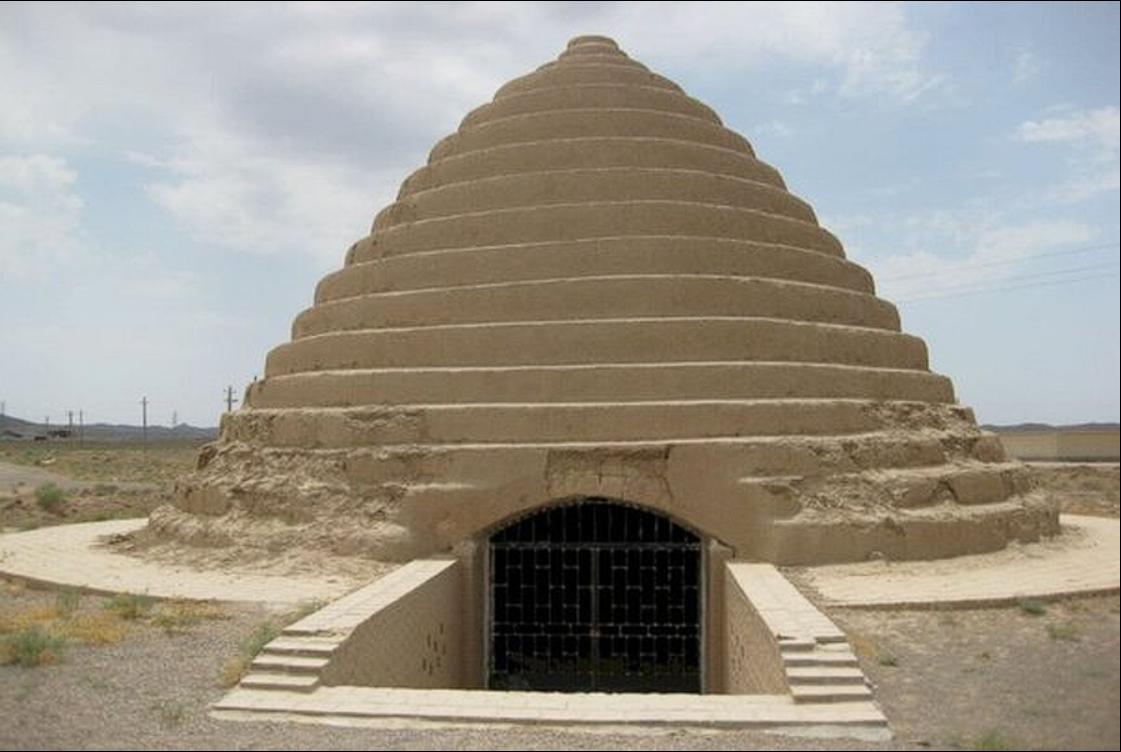
- Ancient Engineering Marvels: Still Standing Today:
- These remarkable structures still stand today, bearing witness to the advanced engineering skills of the ancient Persians.
- A Testament to Human Innovation: Harnessing Nature’s Forces:
- The Yakhchals exemplify the human ability to harness natural forces for practical purposes, demonstrating the power of innovation in overcoming environmental challenges.
- A Call for Sustainable Solutions: Learning from the Past:
- The wisdom embodied in the Yakhchals encourages us to explore ancient solutions for modern challenges, particularly in the pursuit of sustainable and energy-efficient cooling technologies.
The Persian Yakhchals are more than just ancient structures; they are a testament to the brilliance of human ingenuity and the power of sustainable design. Their legacy offers valuable lessons for modern society, inspiring us to seek innovative and environmentally friendly solutions for a more sustainable future.